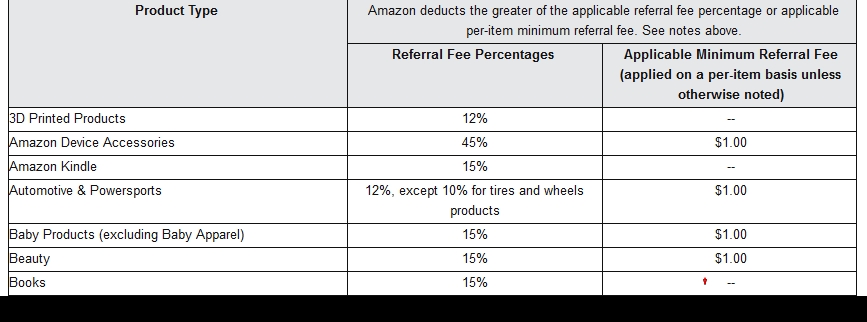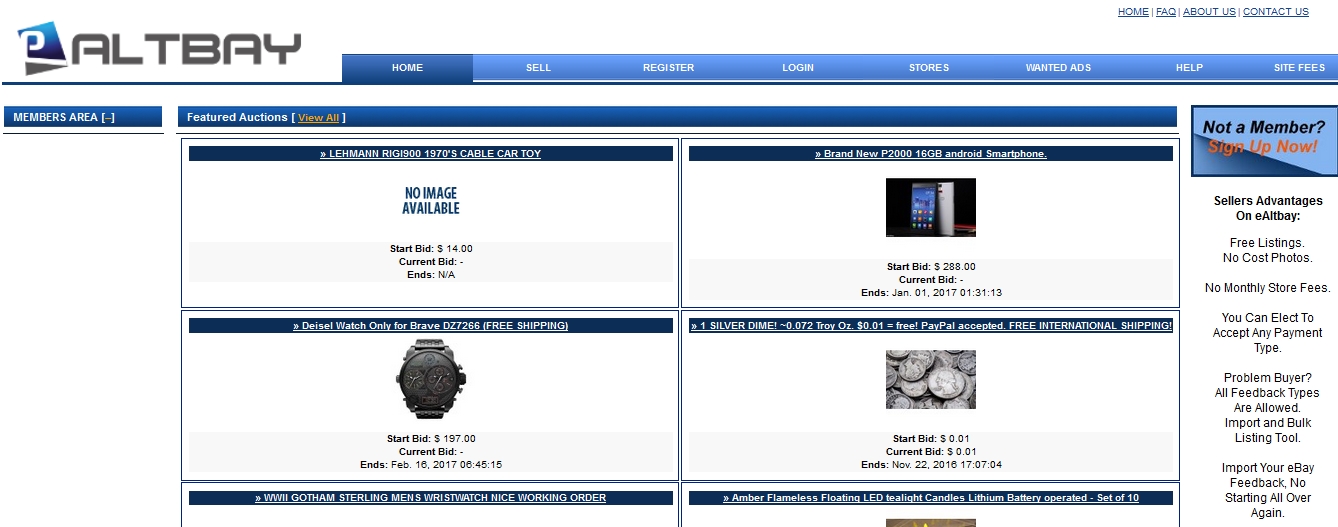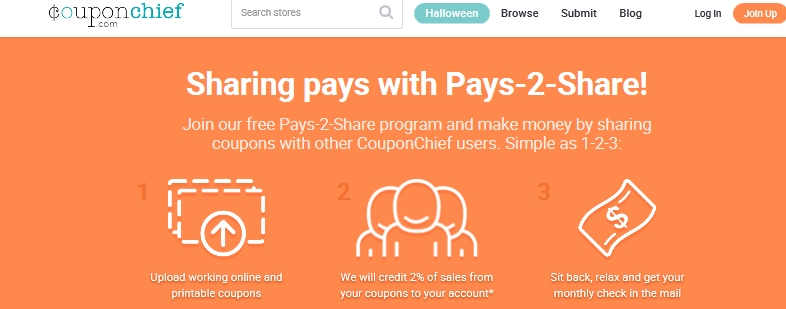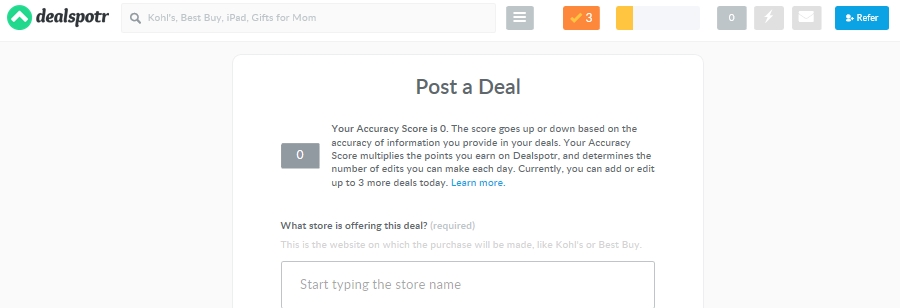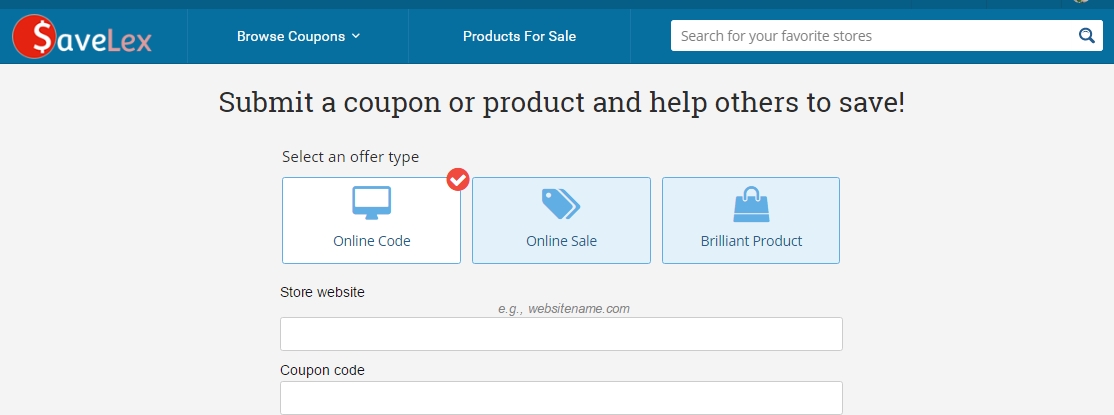If you’re looking for a work-from-home opportunity that you can do from your home office (or probably anywhere), any time of the day, and not have to talk to other people (at least, not every day), being an online test grader is a job that you should consider.
Online test graders read and score assessment tests, papers, or essays. Test takers are usually college students, but you may be assigned to score tests taken by high school students or even by professionals.
You’re given a standard set of scoring rules and rubrics by the individual, school, or organization administering the test. You may also be asked to provide constructive feedback for the test taker.
Today, you’ll learn how to get a job as an online test scorer: what you’ll need, what it takes, and where to apply so you can start your new work-from-home career soon.
What You Need To Work As An Online Test Grader
Test grader jobs will differ depending on the company you’ll work with. But whatever company you end up working with, you’ll need the following tools, skills, and qualities to be successful:
Equipment
- Your own computer or laptop with up-to-date operating systems (confidentiality clauses usually mean you can’t use public or shared computers)
- High-speed internet connection
- High-quality headphones (for audio exams and in case conversations with your employer are needed)
Qualities
- Fair and unbiased
- Can apply scoring guides and rubrics
- Able to meet deadlines
- Organized
- Detail-oriented
- Self-motivated
Company-Specific Requirements
- Education: usually requires a bachelor’s degree in any field
- Experience: preferred, but not usually required
- Training: normally free; you may or may not be paid while undergoing training
- Qualifying Exam: may be required to take
10 Legitimate Sites That Offer Online Test Grader Jobs
1. FlexJobs
I highly recommend starting your job search on this job board.
FlexJobs is not your ordinary job board; they actually vet each and every one of the companies that want to post remote and flexible job opportunities on their site.
Aside from high-quality job opportunities, you can take advantage of their career coaching and remote courses to help you get your dream job.
Go through the jobs under the Education & Training category and find online test grader openings that you can apply for.
2. ACT Online Scoring
The American College Test (ACT) is a standardized test taken by high school students, either during the spring of their junior year or fall of their senior year. ACT scores are assessed by colleges and universities to make decisions on whether to admit students.
The ACT exam is administered by the ACT organization, which is always looking for test graders to evaluate the written portion of the ACT.
To apply as an online test grader, a bachelor’s degree is required and high school teaching experience is preferred. Successful applicants are paid $12 per hour and there are additional incentives for top daily and weekly performers.
Strong performers can also eventually see their pay increase as they become faster and better at scoring ACT essays. Those better scorers might even be invited to work directly with ACT on generating material for future tests.
3. College Board
College Board is a non-profit organization whose programs aim to prepare high school students for college and connect them to college opportunities.
Some of their programs that you should be familiar with are the Scholastic Aptitude Test (SAT) and the Advanced Placement (AP) Program.
The AP Program offers college-level courses and exams to high school students that let them earn some college credits, saving money and time and demonstrating students’ motivation to study and succeed.
To earn college credit, AP students need to take the AP Exam for that course. Most include a free-response section that requires AP teachers and college faculty from all over to world to score.
This is where you come in.
College Board regularly hires AP Exam Readers for the following subjects:
- Comparative Government and Politics
- Computer Science Principles
- Environmental Science
- Human Geography
- Research
- Seminar
- Spanish Language and Culture
- U.S. Government and Politics
- U.S. History
- World History
Applications are accepted year-round, but invitations are only sent to qualified readers between February and May. Scoring is done during certain dates in June.
Aside from getting paid to work remotely, being an AP Exam Reader has professional benefits, too, if teaching is your day job.
However, the job is periodical and not available all year.
4. Literably
This site works with teachers and K-8 students to evaluate students on their reading comprehension and ability.
As a Literably scorer, you’ll listen to audio recordings of students reading aloud, phonetically transcribe what is said/read, and grade those recordings. For example, if you hear a student pronounce newsreel as “nessreal,” you should write “nessreal” down.
If you want to get a lot of transcription work with Literably, you’ll need to sign on between the hours of 8am and 3pm, when school is in session. If you wait until the evening, most of the recordings will have been transcribed and scored by other Literably contractors.
The pay with this site is $10 per hour. However, if you live or intend to work in the states of California, Connecticut, Massachusetts, Montana, Nebraska, or New Jersey, you can’t work with Literably.
5. Measurement Incorporated
This North Carolina-based company prides itself on being a leading provider of educational assessment services, such as scoring essays, developing testing methodologies, and providing innovative solutions for state governments, other testing companies, and various organizations.
Measurement Incorporated posts occasional openings for readers/evaluators on its website. The readers/evaluators score student responses to English language arts, mathematics, science, and other subjects.
At the beginning of a project, readers/evaluators receive paid training. Each project lasts 2-4 weeks, with the heaviest workload given from March to June.
They require you to have a bachelor’s degree from an accredited college or university to join as a temporary staff member.
While MI doesn’t list its pay rates for these positions, Glassdoor reports that MI pays around $11 per hour.
6. Pearson
Pearson is one of the most well-known companies in this list, as it has been around for 50+ years and has been recognized by reputable educational institutions as a leader in testing, scoring, and assessment.
Keep in mind that Pearson requires its scorers to have at least a bachelor’s degree. If you pass the training and testing phases, you’ll need to devote at least 30 hours/week to the job.
Most temporary positions open up from February to June. Pay is $12/hour, with the potential to earn bonuses for speed and quality of assessments.
Pearson also offers something to its part-timers that few work-at-home companies do: health insurance. Once hired with Pearson, you can obtain insurance coverage not only for yourself but also for your entire family.
7. Educational Testing Service (ETS)
ETS develops, administers, and scores exams for students and professionals that colleges, universities, and licensing authorities use to admit students and teachers.
This company is similar to Pearson in that Raters score educational exams and essays. Unlike Pearson, however, remote Raters work on a project-by-project basis. Thus, you must undergo the whole application process for each project you want to work in.
Once approved, scorers sign up for set work shifts. The extra certifications and applications might be worthwhile, though, as some ETS scorers claim to make up to $20/hour.
Because ETS scorers score exams like the GRE, TOEFL, and PRAXIS, you are required to have completed at least a bachelor’s degree before applying. You’ll also have to train to use their proprietary software for scoring exam responses, as well as take a certification test.
The extra steps can prove to be worthwhile, though; some ETS Raters claim to make up to $20 per hour.
8. WriteScore
WriteScore works with schools and other learning institutions to provide learning resources, assessments, and their results to help teachers know their students’ strengths and weaknesses.
This site pays its scorers to review and grade essays submitted by students in elementary, middle, and high school. Scoring season is from late July to early August, but they accept applications all year round and place them on a waitlist. As positions open up, they contact people from the waitlist.
You are required to have at least a two-year college degree in any field to be considered. Applicants undergo orientation then take qualifying tests. Once you pass the final qualifying test, you can begin scoring actual student responses.
Payment varies and depends on how quickly you can turn around your work; however, the range is $9-$15/hour.
9. Cognia
Cognia is a global network of educators aiming to improve education for all learners by assisting schools with certifications, implementing professional learning programs, and designing assessment resources and solutions to understand students’ strengths and weaknesses.
They regularly hire seasonal assessment scorers to read and evaluate student responses in English, math, science, and social studies.
You’ll need to have a bachelor’s degree, have completed at least two college-level courses in your chosen subject, complete a training course for each content area, and pass qualifying tests to be accepted as an online test grader.
Exact compensation isn’t published, but from Glassdoor.com, the average starting pay is around $15 to $16 per hour.
10. Data Recognition Corporation
DRC is an information management company providing assessment solutions in the education sector, as well as survey services, data and document solutions, and licensure and certification exam administration for various industries.
They hire temporary test scorers who work as online test graders for the standardized tests they administer to Common Core students in elementary through high school.
From their careers page, you’ll be redirected to a recruitment website.
Take note of the location indicated, as even though this is a remote position, you might be required to attend training at a physical location.
The positions pay an average of $18 per hour.
Apply To Become An Online Test Grader Today!
If you enjoy flexing your mind and reasoning skills while helping students and other test takers, you should definitely consider becoming an online test grader.
As you’ve seen, the demand for online test graders is seasonal, as certain exams and standardized tests are only given at certain times throughout the year. Also, the hourly rate ranges from $10 to $20 per hour, which is on the low end of the pay scale.
Thus, unless you’re lucky to snag a full-time, year-round position, being an online test grader probably won’t replace your day job as your main source of income. But you can make enough at a time to build a little nest egg for emergencies or investments.
Other education-related jobs
If online test grading doesn’t sound like a good fit for you but you’re interested in other education-related jobs, here are some articles that might help you:
Have you tried applying as a remote test grader or scorer? How was the overall experience? Share your thought with us in the comments!



